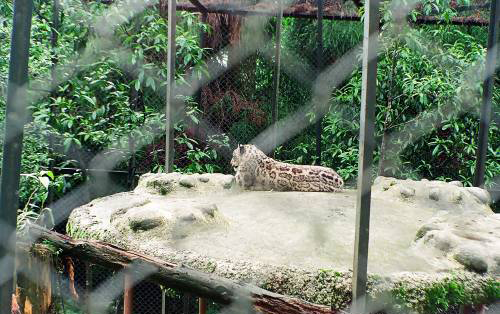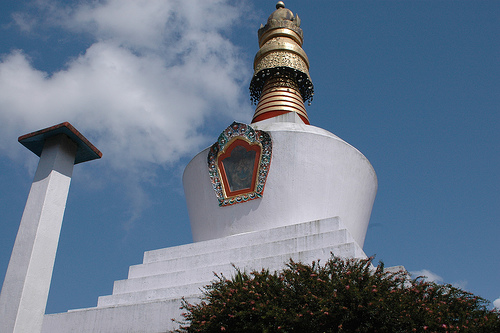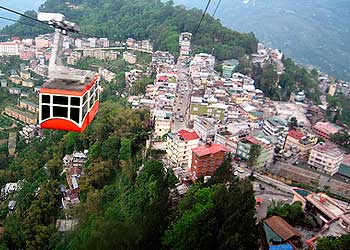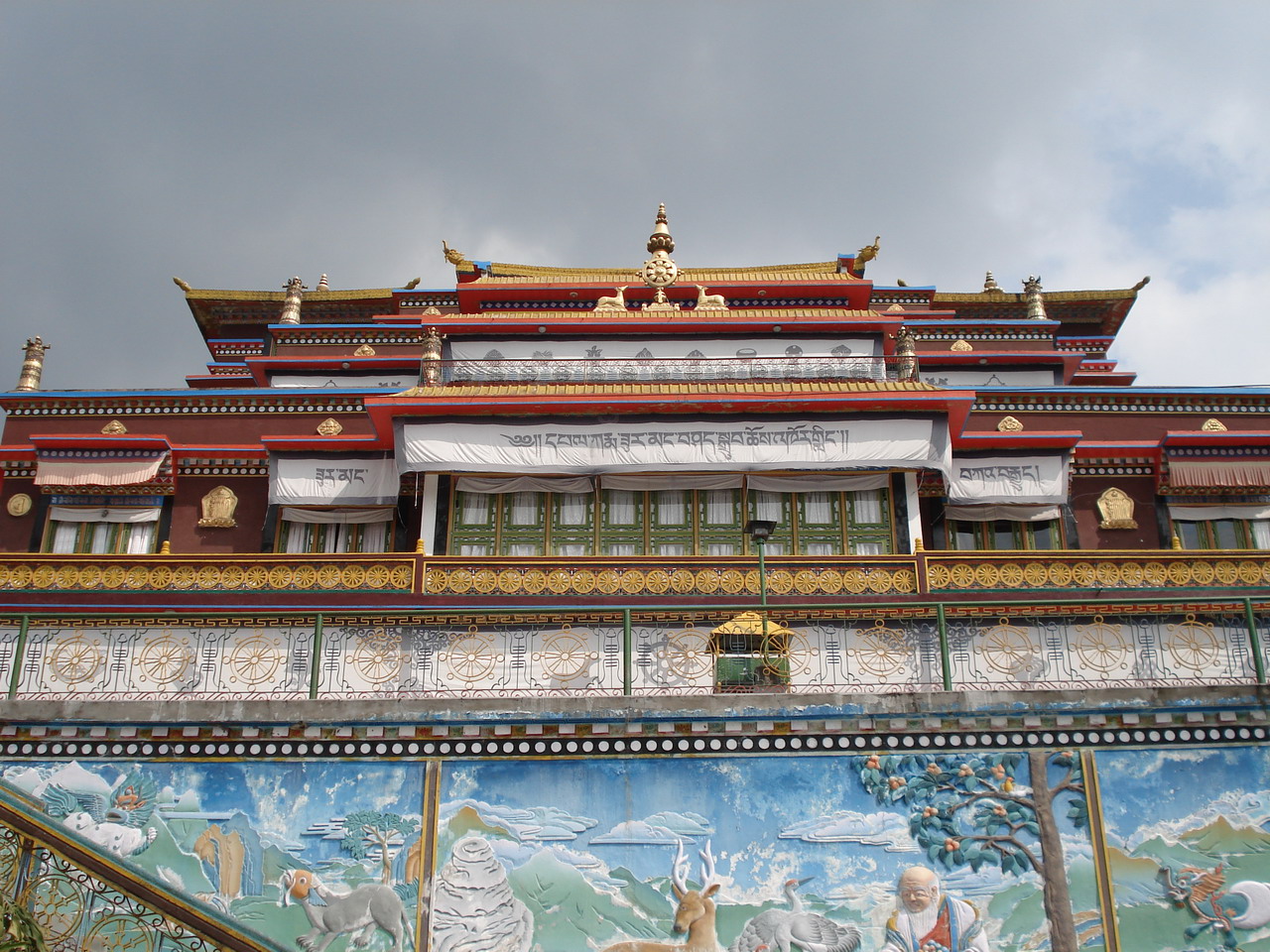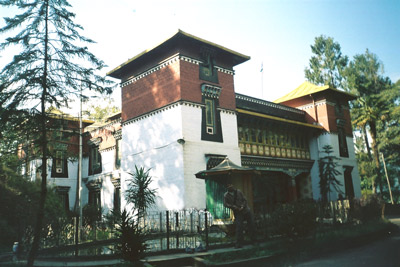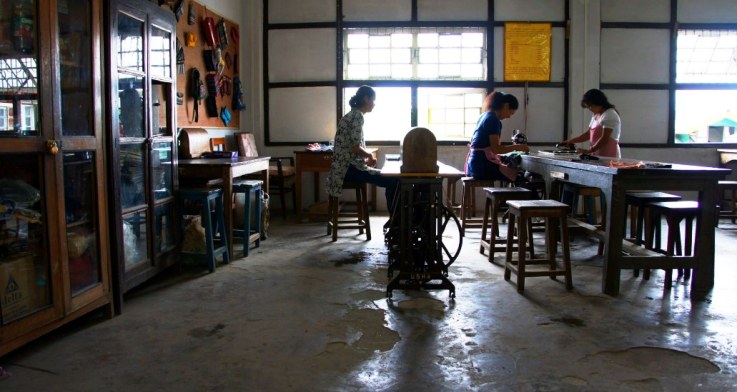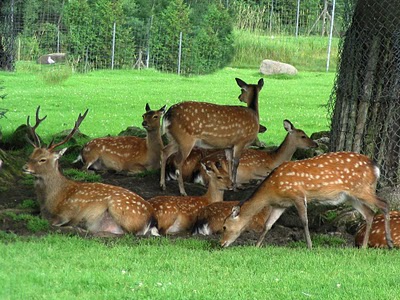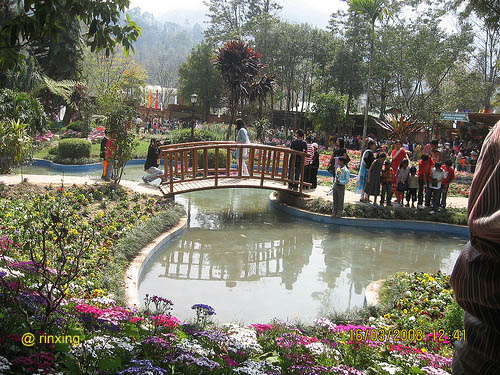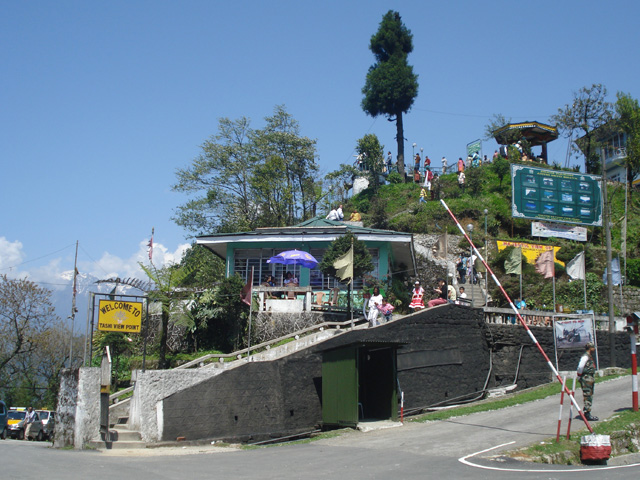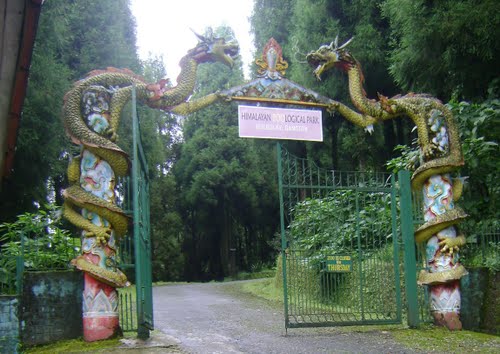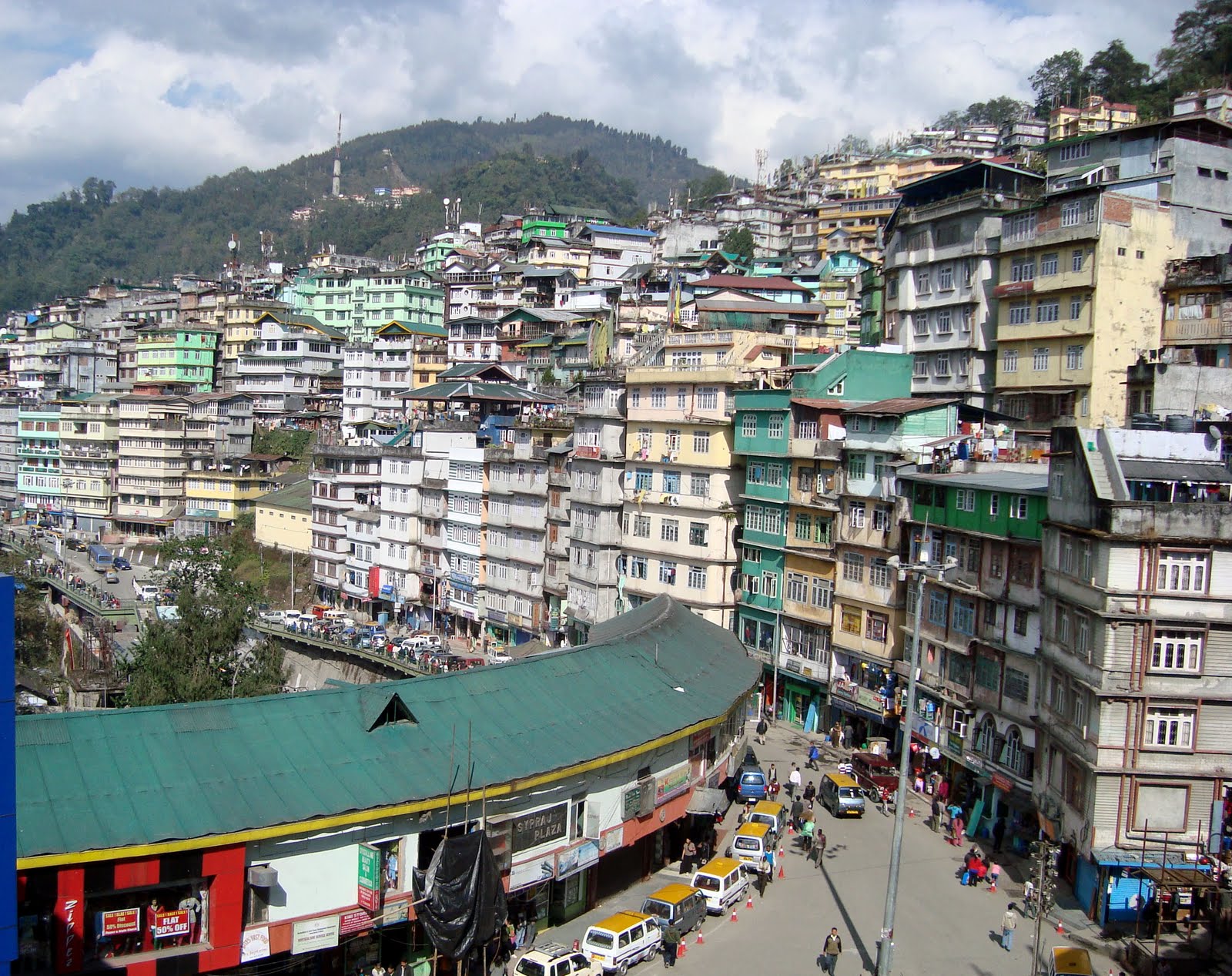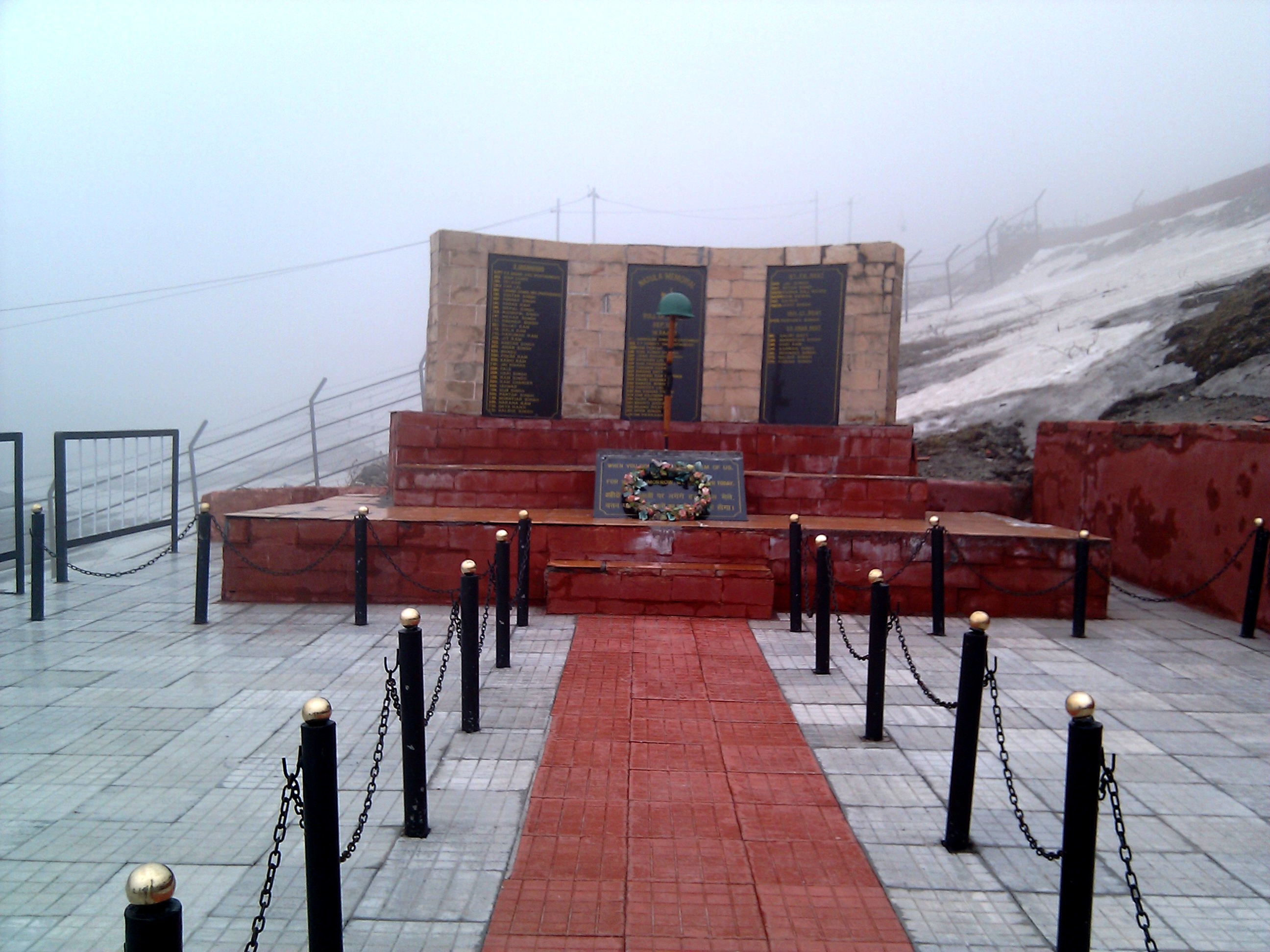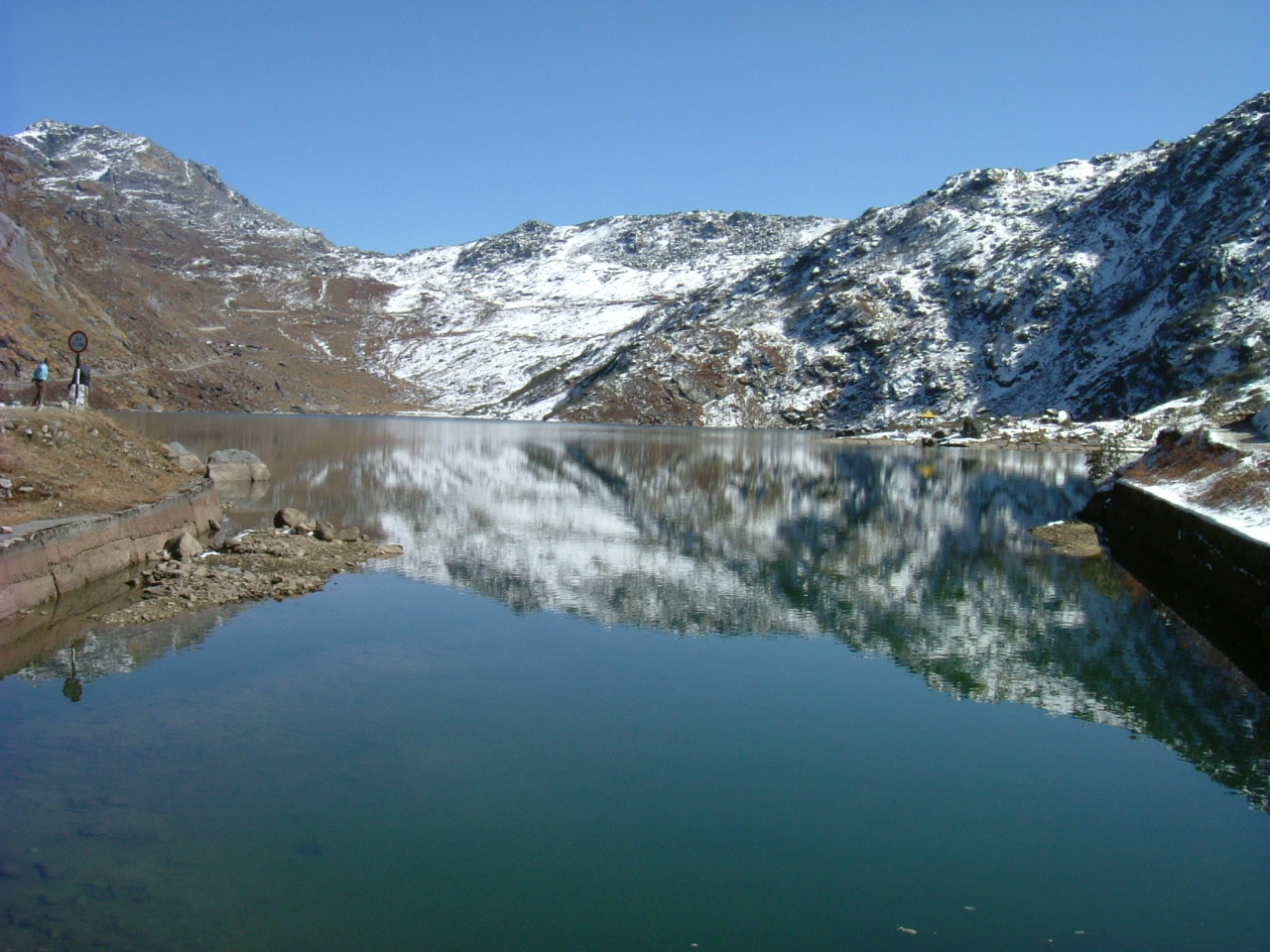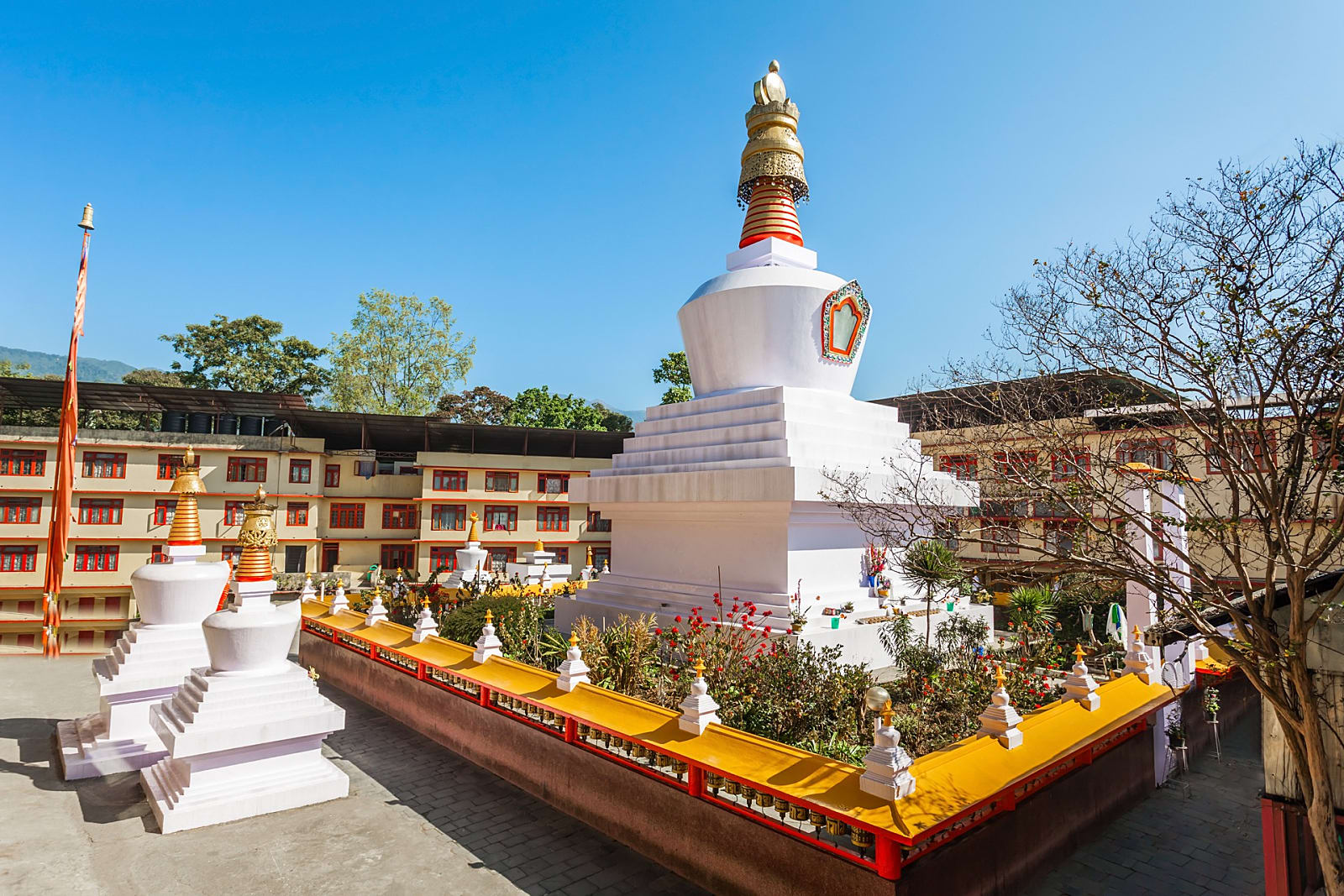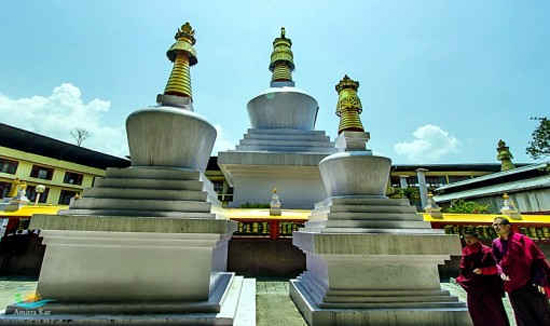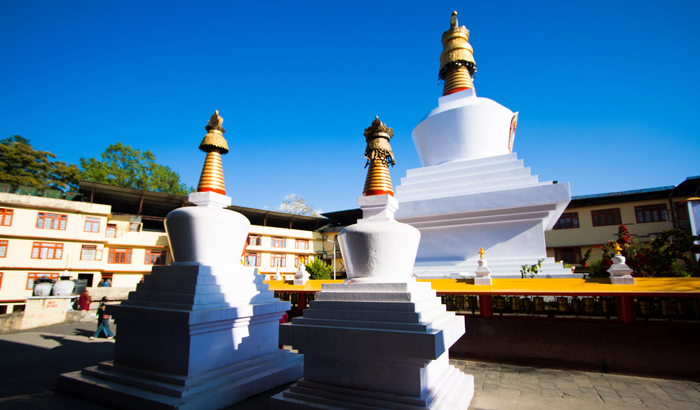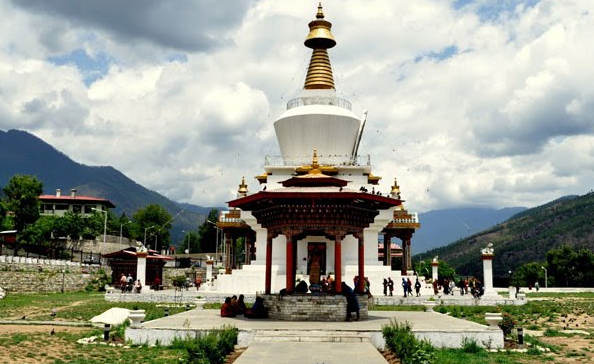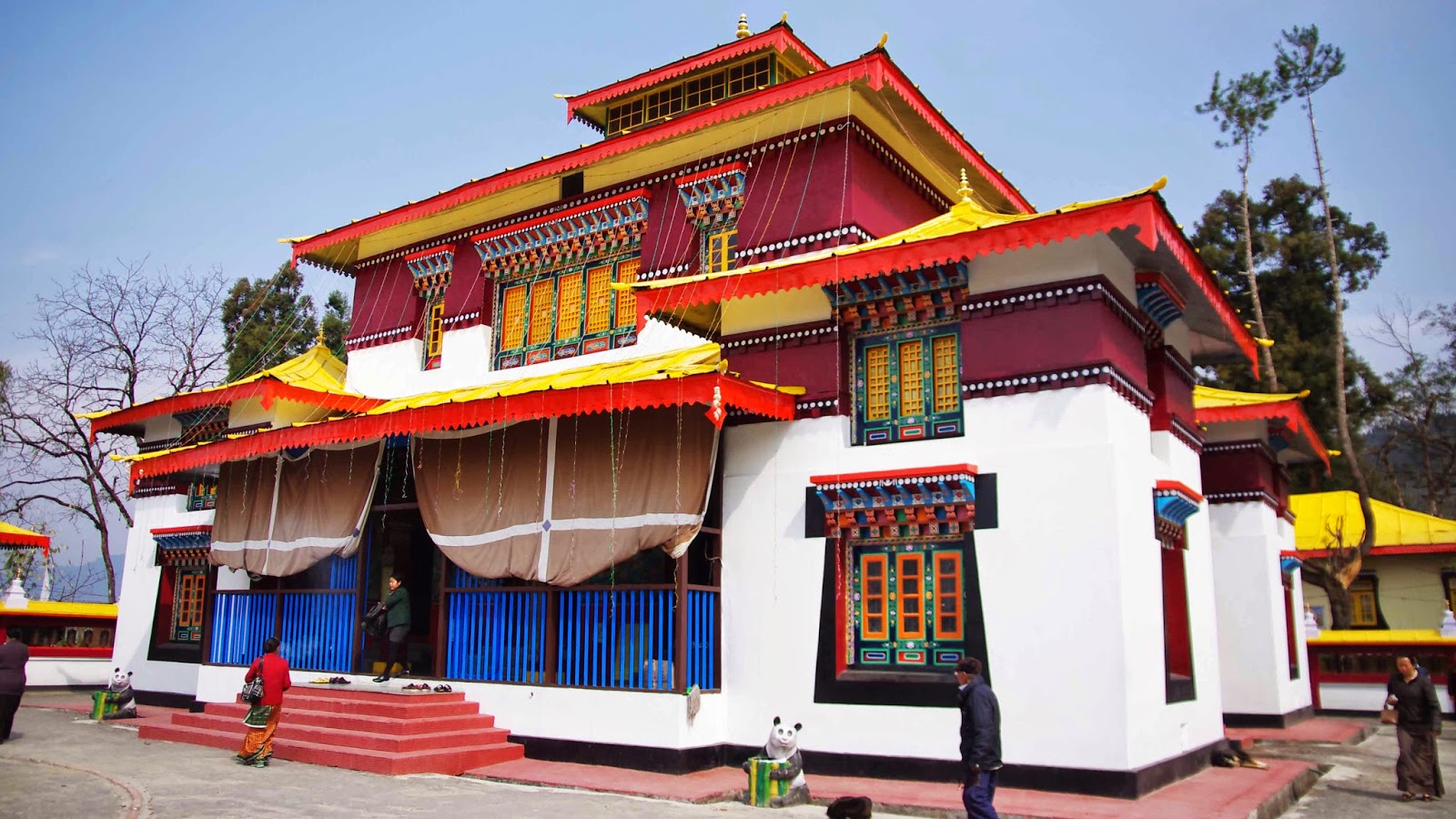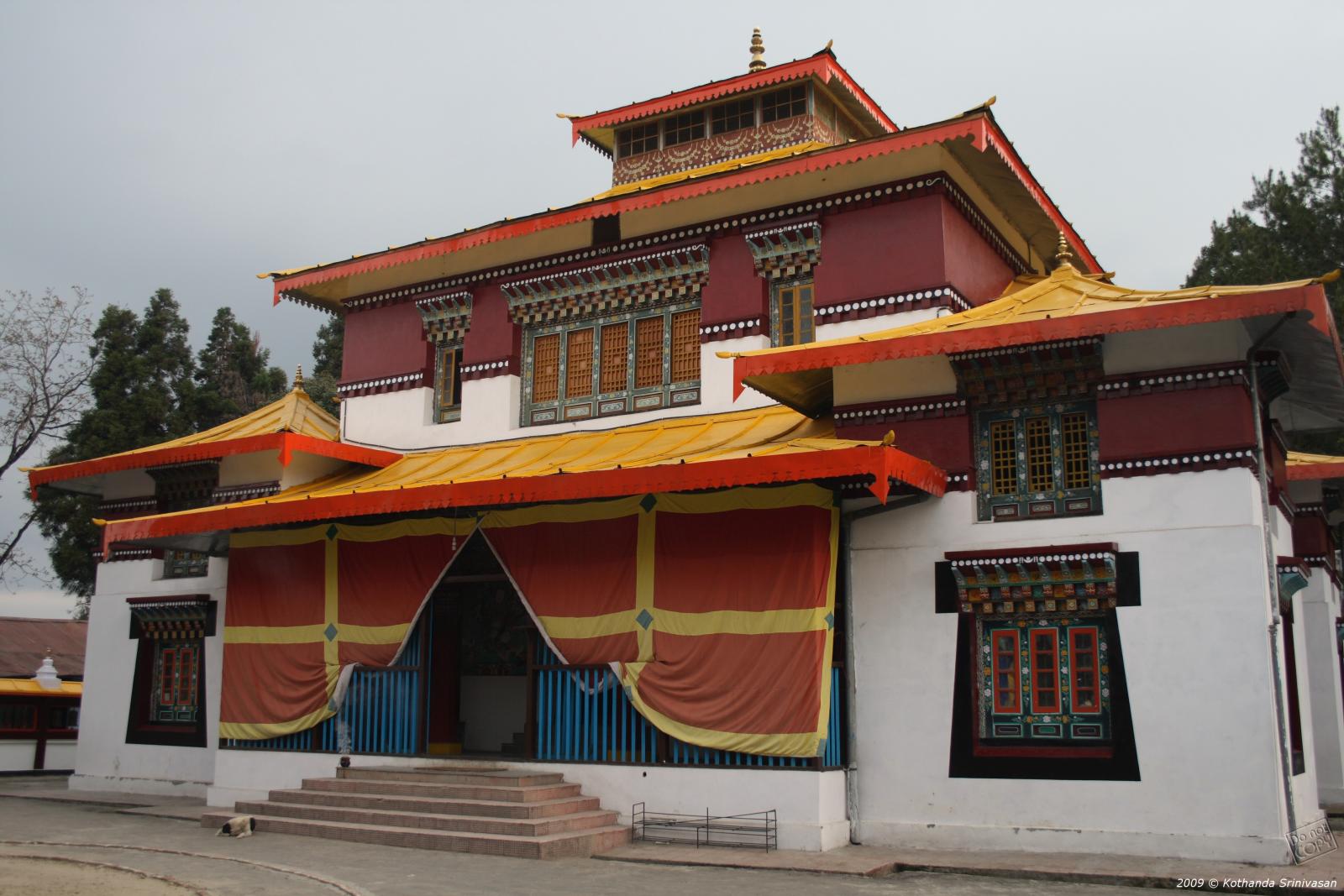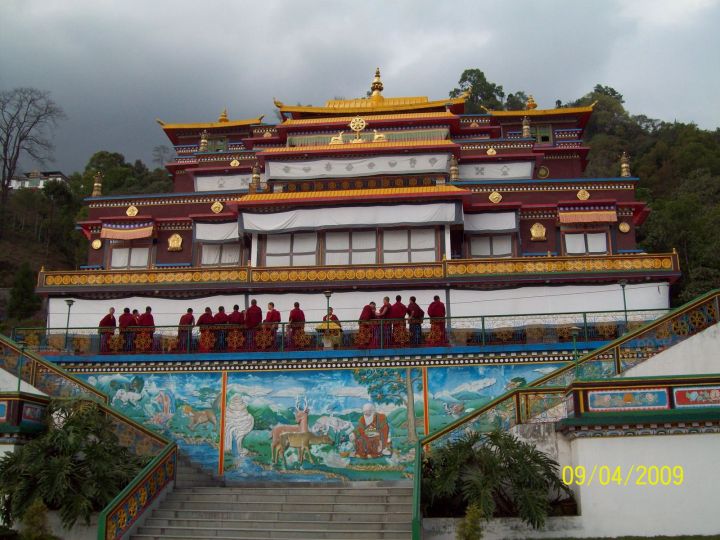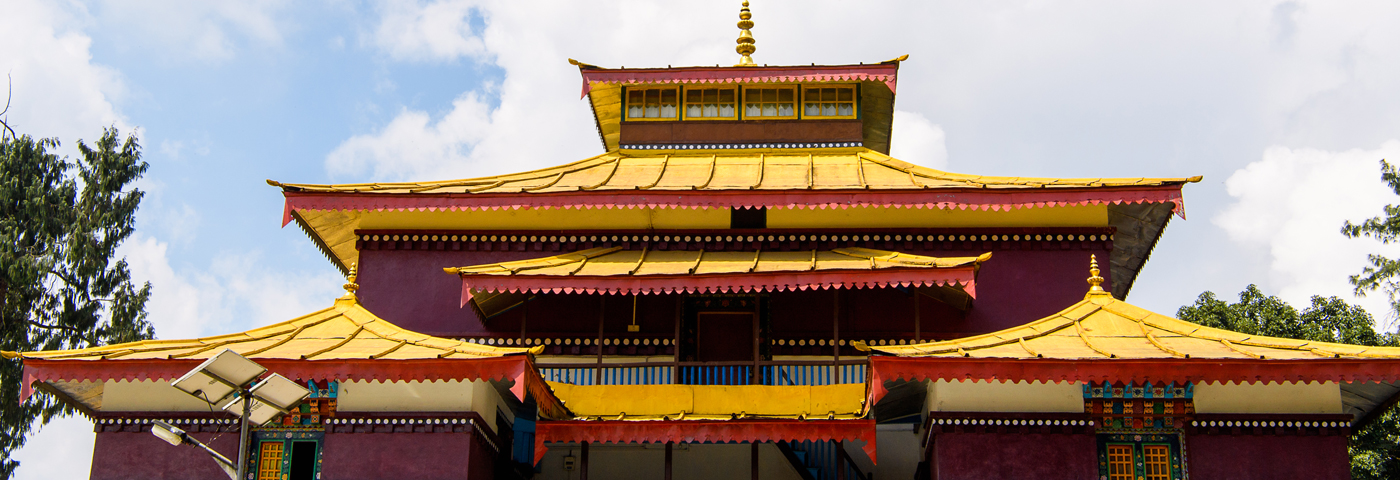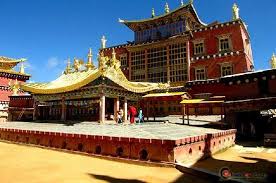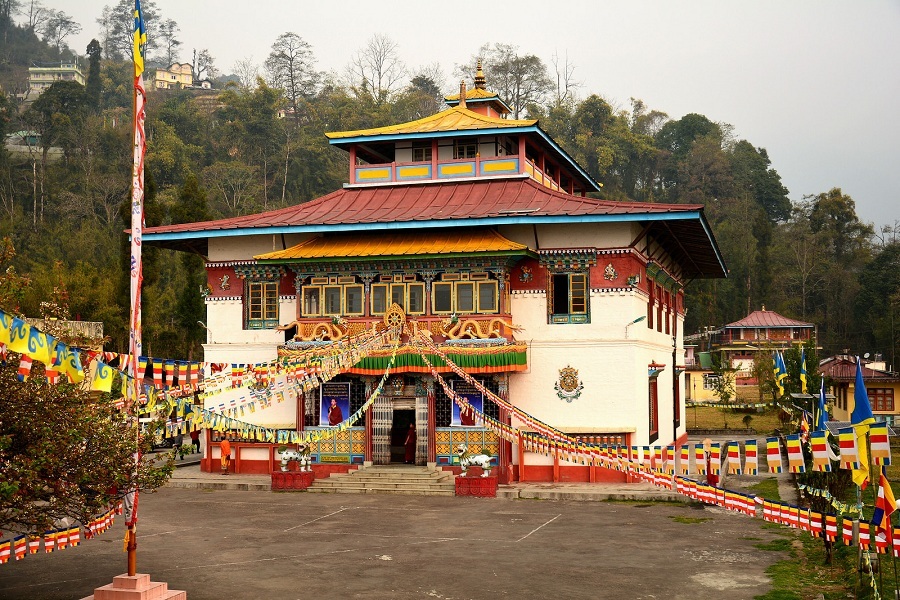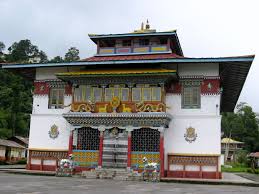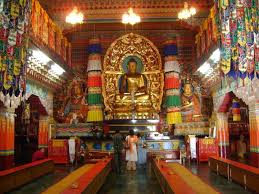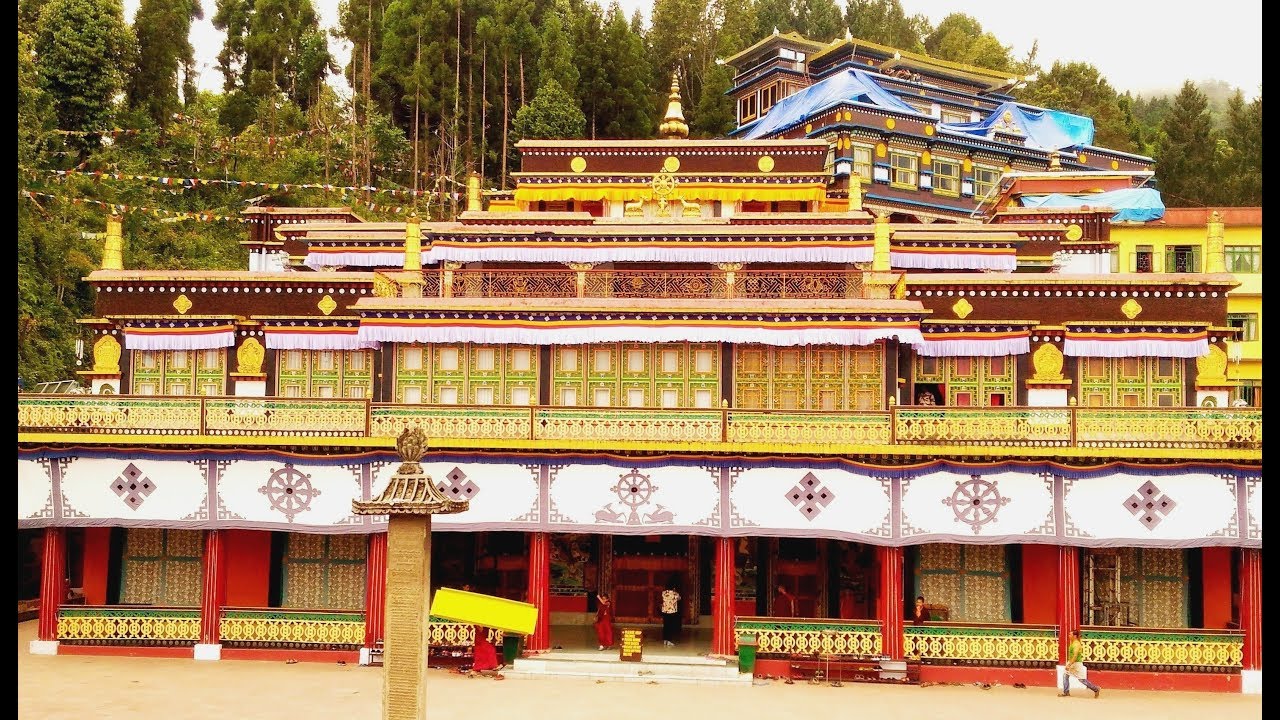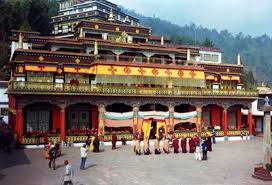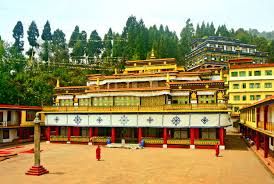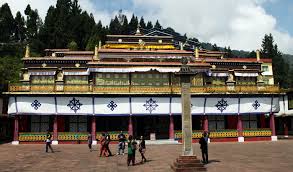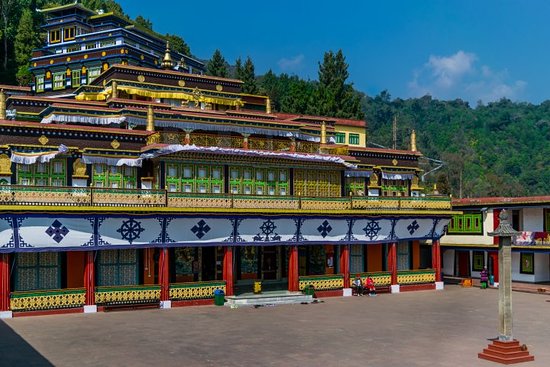Gangtok, The Paradise on Hill top
General Information
District:East SikkimState:SikkimCountry:IndiaArea:0Language Spoken:Nepali, English, Hindi, Bhutia (Sikkimese), Bhutia (Tibetan), Lepcha, LimbooLong Distance Code:+91-3592Importance:Capital city of the state of Sikkim and famous for RhodendronsBest Time To Visit:March to JulyDescription:
The physical presence of this charming little town is aptly described in the local language form where the city derives its name from. It means on the hill top, and that's what the city is! Gangtok is perched high on a mountain which was supposedly flattened to build a monastery and eventually the city around it. The charming city carries an aura of mysticism with prayer flags fluttering with the wind and the sound of Buddhist prayers and bells echoing within the mountains. Adding to the charm are the flowers those bloom on the roadside and the locals of this place, naive and smiling, both give a sense of a grand welcome to this small city.
Abundant in natural beauty, Gangtok seems to have all the shades in green peeping through every leaf and forest. The tea gardens and the snow capped mountains add to the beauty. Gangtok is famous for its exotic and colorful flowers particularly Rhododendron, Orchids and Blue Poppies. Gangtok has a very spectacular setting and offers excellent views of the entire Kanchandzonga range from various points in its vicinity. The third largest mountain of the world, the Kanchandzonga, is considered as the guarding deity by the people of Sikkim and Gangtok. They worship and offer prayers to their deity who not only guards their borders but also provides the life like water apart from the picturesque scenario.
The Capital of Sikkim emerges through the clouds in the shadow of the mighty Kanchandzonga and offers a lot to see and enjoy for a travel enthusiast. It was ruled by the Chongyals till the 1975, until it merged with the Indian sub-continent as the 22nd state of India. The footmarks of the regality are still evident in the capital where they reside and normal public does not have access to it.
Lamas with their play wheels, colorful festivals, Tsechu dance, the Monasteries, the flowers and the natural beauty; all draw visitors to this place. But the view of the majestic Kanchandzonga takes the cake and memories of which calls you back and again to visit the small town.Location:
The quaint little capital city of this tiny state is the only town which has a touch of modernization. Situated at the altitude of 5840 feet above the sea level this place is wet and cool round the year. Guarded by the majestic Kanchandzonga range and flooded with species of Orchids as it natural vegetation, Gangtok is one of the most beautiful places in India.<br /><b>Climate:</b> Nestled amongst the beautiful Himalayan Mountains, no doubt Gangtok experiences cold weather round the year. The summers are pleasant with abundant sunshine and pretty flowers blooming all around with massive waterfalls leaping down every nook and corner. Although winters are very harsh in this city, the monsoons are continuous, even during the peak winter seasons. So the best climate to enjoy the beauty is either March to May or October and November.
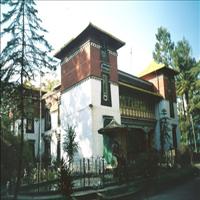 The most prestigious of its kinds in India, the Namgyal Institute of Tibetology is about 1.5 km from the main town of Gangtok. Housed in a beautiful building, built in the traditional Tibetan style, with murals, decorated columns and a wonderful smell of beeswax polish from the creaky wooden floor, the Institute was built in 1958 with the main motto to promote Tibetan studies and Buddhist philosophy. It houses a rare collection of prized objects of Buddhist importance. It has a rare collection of 30,000 books, Tantric documents, rare manuscripts written in gold on the bark of a poisonous tree, antique Thankas and 200 icons, all prized objects of art for the Buddhist world. Moreover, it also houses relics of monks, samples of Lepcha scripts, masks and sacred objects like Kapali, a bowl made from a human skull, and the carku, a flute made from a thigh bone.
The most prestigious of its kinds in India, the Namgyal Institute of Tibetology is about 1.5 km from the main town of Gangtok. Housed in a beautiful building, built in the traditional Tibetan style, with murals, decorated columns and a wonderful smell of beeswax polish from the creaky wooden floor, the Institute was built in 1958 with the main motto to promote Tibetan studies and Buddhist philosophy. It houses a rare collection of prized objects of Buddhist importance. It has a rare collection of 30,000 books, Tantric documents, rare manuscripts written in gold on the bark of a poisonous tree, antique Thankas and 200 icons, all prized objects of art for the Buddhist world. Moreover, it also houses relics of monks, samples of Lepcha scripts, masks and sacred objects like Kapali, a bowl made from a human skull, and the carku, a flute made from a thigh bone. The Institute has won both national and international acclaim and the scholars from all over the world come here to study.
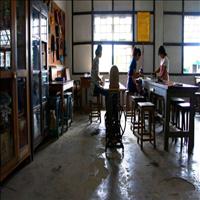 The main aim to establish this institute was to promote and keep alive the local traditional handicrafts. It has some exquisite items and also very exclusive handicrafts pertaining to the local tradition. Not only one can view the best of the handicrafts of Sikkim here but also can buy them as their souvenirs.
The main aim to establish this institute was to promote and keep alive the local traditional handicrafts. It has some exquisite items and also very exclusive handicrafts pertaining to the local tradition. Not only one can view the best of the handicrafts of Sikkim here but also can buy them as their souvenirs.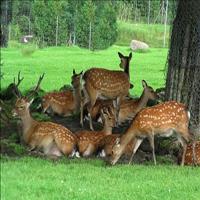 The deer park is an attraction not only for the rare Musk deer and the Himalayan spotted deer that one can see here, but also the beautiful view that this park gives of the mountains and the tea estates.
The deer park is an attraction not only for the rare Musk deer and the Himalayan spotted deer that one can see here, but also the beautiful view that this park gives of the mountains and the tea estates.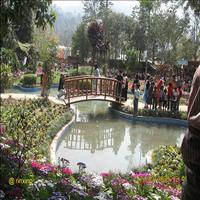 A place where one can see at its full bloom! The flowers and the orchids bloom with all the possible colours and shapes. The garden is home to Sikkim's exotic orchids and other tropical temperate plants. An excellent leisure spot one can not miss out on. A delight for the eyes with a bed of flowers laid down is certainly mesmerizing. A shower of colours that one can not even imagine takes the shape of flowers to sooth the eyes!!
A place where one can see at its full bloom! The flowers and the orchids bloom with all the possible colours and shapes. The garden is home to Sikkim's exotic orchids and other tropical temperate plants. An excellent leisure spot one can not miss out on. A delight for the eyes with a bed of flowers laid down is certainly mesmerizing. A shower of colours that one can not even imagine takes the shape of flowers to sooth the eyes!!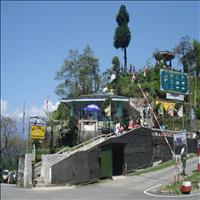 It hardly takes fifteen minutes drive from the centre of Sikkim to reach and have a breathtaking view of the majestic mountain, the Kanchandzonga. If the skies are clear and it is early in the morning then one can also site the Mount Siniolchu from here.
It hardly takes fifteen minutes drive from the centre of Sikkim to reach and have a breathtaking view of the majestic mountain, the Kanchandzonga. If the skies are clear and it is early in the morning then one can also site the Mount Siniolchu from here.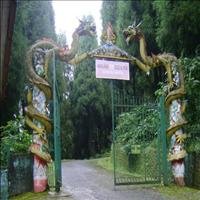 This huge park has species of wild animals that are not found elsewhere in India. The snow-leopards, the red Pandas and the deer can be spotted in semi natural habitat with rich natural surroundings.
This huge park has species of wild animals that are not found elsewhere in India. The snow-leopards, the red Pandas and the deer can be spotted in semi natural habitat with rich natural surroundings.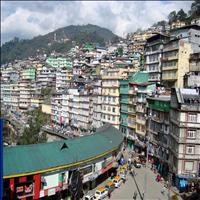 Sunday is the day for a weekly market that comes alive in the capital city called the Lal bazaar. The specialty is that various ethnic groups from different villages gather here to sell their goods. People from various villages come hereto buy these goods. The marketplace rings to a cacophony of sound-the babble of ethnic tongues, various prayers and other things. But truly an event not to be missed when one can see the whole of Sikkim together.
Sunday is the day for a weekly market that comes alive in the capital city called the Lal bazaar. The specialty is that various ethnic groups from different villages gather here to sell their goods. People from various villages come hereto buy these goods. The marketplace rings to a cacophony of sound-the babble of ethnic tongues, various prayers and other things. But truly an event not to be missed when one can see the whole of Sikkim together.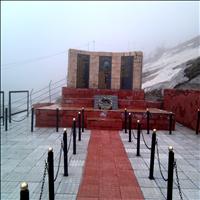 1. Tsomgo Lake:
1. Tsomgo Lake: Around 40 kms from Gangtok is the famous Tsomgo Lake. The serene lake situated at an altitude of 3,780 meters means Source of lake in Bhutia language. It is 15 meters deep and about 1 km. long. This oval shaped lake remains frozen during winters and between May to August various kinds of flowers bloom alongside the lake. It is also the ideal habitat of the Red panda.
2. Nathula:
The attraction of Nathula is the Nathula pass at an altitude of 14,200 feet virtually on the borders of Tibet. It is one of the highest motorable roads in the world with natural surroundings on the way to keep one busy.
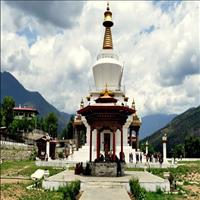 The Do-Drul Chorten was built by the Venerable Trulshi Rimpoche, head of the Nyingma order of Tibetan Buddhism in 1945. Arguably the most popular Stupa (a dome-shaped Buddhist shrine) in Sikkim, Do Drul Chorten is located at a short walking distance from the Research Institute of Tibetology and atop a hillock. It is surrounded by 108 prayer wheels on which Buddhist mantras are engraved. The monks and tourists swirl the wheels, which is equivalent to completing 108 beads of recital. The gold plated steeple atop the Chorten is what Do Drul is famous for. The deity enshrined on top of the Chorten or Stupa is known as Dorjee Phurpa or Vajra Kilaya. The Stupa is surrounded by Chorten Lakhang, where there are two huge statues of Guru Rimpoche (Guru Padmasambhava).
The Do-Drul Chorten was built by the Venerable Trulshi Rimpoche, head of the Nyingma order of Tibetan Buddhism in 1945. Arguably the most popular Stupa (a dome-shaped Buddhist shrine) in Sikkim, Do Drul Chorten is located at a short walking distance from the Research Institute of Tibetology and atop a hillock. It is surrounded by 108 prayer wheels on which Buddhist mantras are engraved. The monks and tourists swirl the wheels, which is equivalent to completing 108 beads of recital. The gold plated steeple atop the Chorten is what Do Drul is famous for. The deity enshrined on top of the Chorten or Stupa is known as Dorjee Phurpa or Vajra Kilaya. The Stupa is surrounded by Chorten Lakhang, where there are two huge statues of Guru Rimpoche (Guru Padmasambhava).Timings: 8 A.M. - 6 P.M.
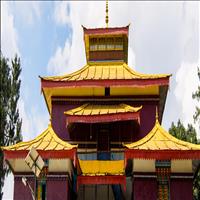 Situated on a beautiful hilltop near Gangtok TV Tower is this magnificent Nyingmapa Monastery of Enchey Sangag Rabtenling. It's famous for its Chines Pagoda style design. It belongs to the Nyingma order of Vajrayana Buddhism.
Although a subordinate to the Pemyangtse monastery, Enchey monastery is also an important seat of the Nyigma order. Hardly three kms from Gangtok this is a 200 year old monastery and is blessed by Lama Drubtop Karpo, a tantric master known for his power of flying.
Enchey Monastery today is a home to around 90 monks belonging to the Nyingma sect. It houses a number of images of Gods, Goddesses and religious objects.
Every year special prayers are held at the monastery, on the18th, 19th day of the 12th lunar month of the Tibetan calendar, corresponding to the dates during January, February each year. The Chaam or the religious masked dance is performed here every year in January.
Situated on a beautiful hilltop near Gangtok TV Tower is this magnificent Nyingmapa Monastery of Enchey Sangag Rabtenling. It's famous for its Chines Pagoda style design. It belongs to the Nyingma order of Vajrayana Buddhism.
Although a subordinate to the Pemyangtse monastery, Enchey monastery is also an important seat of the Nyigma order. Hardly three kms from Gangtok this is a 200 year old monastery and is blessed by Lama Drubtop Karpo, a tantric master known for his power of flying.
Enchey Monastery today is a home to around 90 monks belonging to the Nyingma sect. It houses a number of images of Gods, Goddesses and religious objects.
Every year special prayers are held at the monastery, on the18th, 19th day of the 12th lunar month of the Tibetan calendar, corresponding to the dates during January, February each year. The Chaam or the religious masked dance is performed here every year in January.Timings: 6 A.M. - 4 P.M.
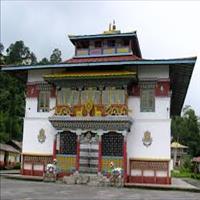 Phodang Monastery, located in the town of Phodang, some 28 km north of Gangtok, is counted amongst the six most important monasteries of Sikkim. Although it was first constructed by Chogyal Gyurmed Namgyal in the first half of the eighteenth century, the structure has been rebuilt and is today one of the most beautiful monasteries in Sikkim. The walls of the monastery are adorned with beautiful murals, paintings, and frescos.
The main festival of the monastery, Loosang, is celebrated on the 28th and 29th day of the 10th Tibetan month (around December). The festival sees the performances of the religious dances known as Chaams along with feasting and archery contests.
Currently, the Phodong Monastery is a major tourist attraction of Sikkim, and houses around 260 monks of the Kagyu lineage.
Phodang Monastery, located in the town of Phodang, some 28 km north of Gangtok, is counted amongst the six most important monasteries of Sikkim. Although it was first constructed by Chogyal Gyurmed Namgyal in the first half of the eighteenth century, the structure has been rebuilt and is today one of the most beautiful monasteries in Sikkim. The walls of the monastery are adorned with beautiful murals, paintings, and frescos.
The main festival of the monastery, Loosang, is celebrated on the 28th and 29th day of the 10th Tibetan month (around December). The festival sees the performances of the religious dances known as Chaams along with feasting and archery contests.
Currently, the Phodong Monastery is a major tourist attraction of Sikkim, and houses around 260 monks of the Kagyu lineage.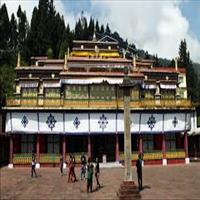 The most famous Monastery of Sikkim is around 24 kms from Gangtok, the capital of the State. Colloquially known as the Rumtek Dharma Chakra, it is the seat of the Kagyu order one of the major Tibetan Buddhist sects. It was constructed by His Holiness, the late 16th Gyalwa Karmapa in 1960 and is believed to be a replica of the original Kagyurpa Monastery in Tsurphu, Tibet. The Monastery houses some of the world's most unique religious scriptures, manuscripts and religious art objects. At fifteen minutes walking distance is the old Rumtek monastery which was originally built in 1730 by the ninth Karmapa but was destroyed by fire and had to be reconstructed to the present state. Another attraction of this Monastery is the Tsechu dance that is organized in the month of June every year.
The most famous Monastery of Sikkim is around 24 kms from Gangtok, the capital of the State. Colloquially known as the Rumtek Dharma Chakra, it is the seat of the Kagyu order one of the major Tibetan Buddhist sects. It was constructed by His Holiness, the late 16th Gyalwa Karmapa in 1960 and is believed to be a replica of the original Kagyurpa Monastery in Tsurphu, Tibet. The Monastery houses some of the world's most unique religious scriptures, manuscripts and religious art objects. At fifteen minutes walking distance is the old Rumtek monastery which was originally built in 1730 by the ninth Karmapa but was destroyed by fire and had to be reconstructed to the present state. Another attraction of this Monastery is the Tsechu dance that is organized in the month of June every year.Timings: 9 A.M. - 6 P.M.
